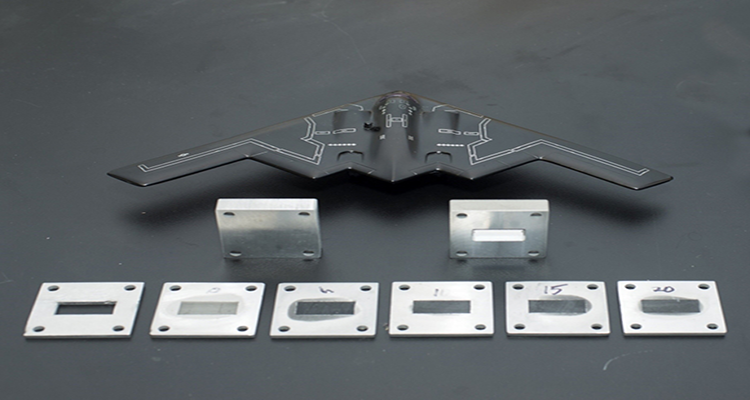Stealth fighter jets for use by the U.S. Air Force can cost up to $100 million, and it costs up to $10 million to train a stealth fighter jet pilot. It’s clearly important to protect both the pilots and the aircraft. A team of researchers at North Carolina State University are developing new carbon fiber skins to protect these valuable assets. Chengying “Cheryl” Xu, associate professor of mechanical and aerospace engineering at North Carolina State University, said succinctly, “We have to ensure the life of the pilot. If the vehicle is shot down, it’s a tragedy.”
A radar-absorbent material (RAM) coats stealth jets like the B-2 Spirit or F-117 Nighthawk with the purpose of converting incoming electromagnetic waves into heat. RAM loses it integrity when exposed to extreme heat, moisture, and friction. RAM technologies work differently at different frequencies and no single RAM technology is capable of deflecting every radar frequency. In addition, RAM is not designed to withstand temperatures higher than 250 degrees Celsius. Due to these restrictions, the stealth jets are designed to protect the RAM which limits maneuverability and speed.
The team at NC State has developed a carbon fiber-reinforced composite polymer skin to resolve the issues caused by RAMs limitations. The composite material, reinforced with carbon nanotubes for strength and lightweighting is able to withstand temperatures of more than 1,800 degrees Celsius and assist in conduction of incoming electromagnetic energy.


